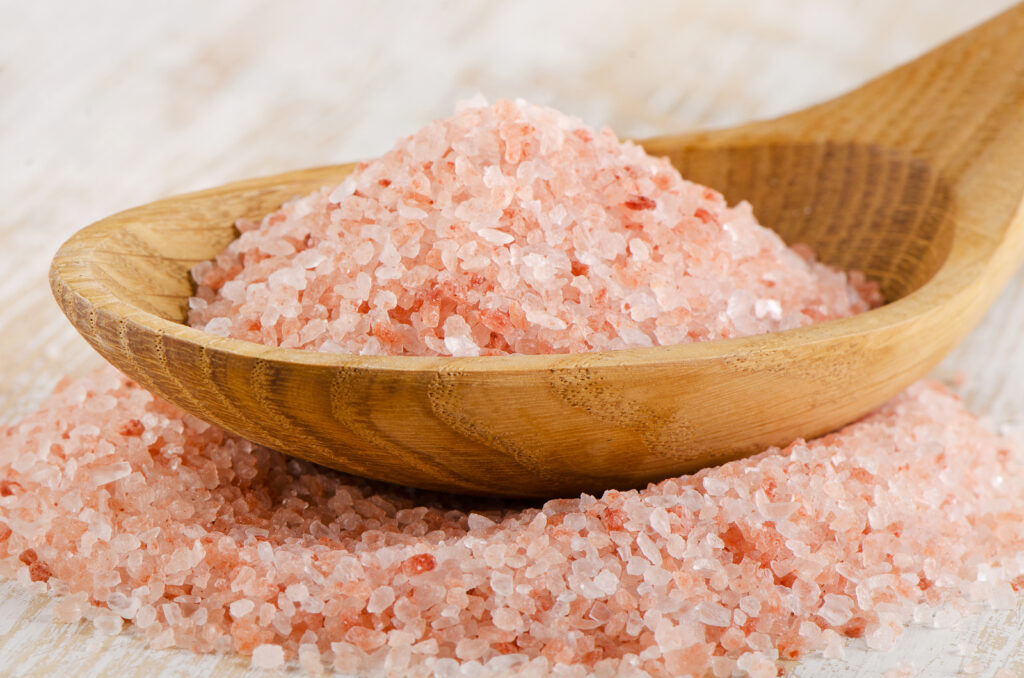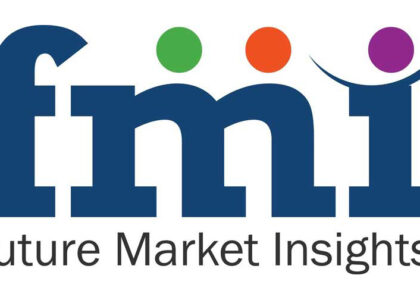
The global Himalayan salt market is on a robust growth trajectory, with projections indicating that it will reach a valuation of USD19,859 million by 2034. This impressive expansion is supported by a steady 5.00% CAGR forecast from 2024 to 2034. In 2024, the market size is expected to be around USD12,158.4 million, highlighting significant opportunities for investors and stakeholders in the coming decade.
Himalayan salt, often marketed as a healthier alternative to regular table salt, has gained considerable attention due to its unique mineral content and perceived health benefits. With a growing emphasis on wellness and natural products, the market is positioned for sustained growth, attracting investors keen on tapping into this expanding industry.
Demand Drivers in the Himalayan Salt Market
The surge in consumer health consciousness and wellness trends is a primary driver of demand in the Himalayan salt market. As more consumers prioritize healthier lifestyles, they are increasingly turning to natural products like Himalayan salt, which is often promoted as a superior alternative to regular table salt due to its mineral richness.
The growing eCommerce sector also plays a critical role in boosting sales. With the digitalization of the procurement process, vendors are increasingly leveraging online platforms to reach a broader customer base. Digital marketing strategies, social media influence, and user-friendly e-commerce platforms are becoming essential tools for businesses to engage with consumers and drive sales. This digital shift not only facilitates direct consumer interaction but also enables companies to gather data-driven insights for personalized marketing efforts.
Additionally, the influence of social media cannot be overstated. Marketing strategies that effectively highlight the health benefits of Himalayan salt can significantly boost brand visibility and consumer interest. Collaborations with social media influencers and targeted advertising campaigns are proving to be valuable tactics in maintaining a strong online presence and reaching health-conscious audiences.
Market Segmentation and Leading Segments
Himalayan salt is being increasingly utilized across various segments, with the food and beverage industry leading the charge. In 2024, this segment is expected to account for 74.0% of the market share, driven by consumers’ preference for natural and clean-label products. The versatility of Himalayan salt in culinary applications, including seasoning, grilling, and curing, has further fueled its adoption in this sector.
Within the product type category, iodized Himalayan salt remains the dominant choice, holding a significant 71.4% share in 2024. This is largely due to the strong endorsement by international health organizations like UNICEF and WHO, which promote iodized salt as an effective measure against iodine deficiency. Consumers increasingly associate iodized Himalayan salt with proactive health management, aligning with broader wellness trends focused on nutrition and disease prevention.
Opportunities and Challenges in the Market
The Himalayan salt market presents numerous opportunities for businesses to expand their product offerings and enter new markets. Strategic partnerships with influencers or companies in the health and wellness sector can be particularly advantageous. Cross-industry collaborations, such as with firms specializing in home design, fitness, and beauty, offer lucrative opportunities for product diversification.
Furthermore, the rising trend of wellness tourism provides an avenue for Himalayan salt products to be marketed as premium, artisanal goods. Partnering with spas, wellness resorts, and the hospitality sector can help businesses capitalize on this trend and enhance their market presence.
However, the market is not without challenges. The presence of alternative specialty salts, such as fleur de sel and gourmet sea salts, poses a competitive threat. These substitutes can attract consumers with their unique qualities and may impact the market share of Himalayan salt if they gain popularity. Additionally, price fluctuations due to changes in production costs, labor, and environmental regulations can affect the perceived value and affordability of Himalayan salt, potentially hindering market growth.
Country-Specific Insights
Different regions exhibit unique trends and growth rates in the Himalayan salt market. For instance, the United States is expected to experience a 6.1% CAGR through 2034, driven by innovations in premium salt-based snacks and the growing popularity of Himalayan salt in interior design. In Germany, a strong demand for natural and organic products is anticipated to propel market growth at a 4.7% CAGR. Similarly, Japan’s market is set to grow at a 4.6% CAGR, fueled by the fusion of gourmet trends and traditional wellness practices.
In India, the rise of online platforms specializing in holistic health products is expected to boost sales, with the market projected to grow at a 4.1% CAGR. Businesses that strategically position their products on eCommerce platforms and in health food stores can tap into the growing demand for organic and health-conscious products among urban consumers.
Competitive Landscape
The Himalayan salt market’s competitive environment is dynamic, featuring incumbent competitors, new entrants, and strategic partnerships.
Key competitors, such as SaltWorks, Mineral Salt Corporation, and Evolution Salt Co., dominate the industry and benefit from substantial distribution networks, solid supply chains, and extensive brand equity. These industry titans frequently set the tone for prices and innovation, leveraging their market dominance to influence customer preferences.
Recent Developments
- In August 2023, Himalayan Source launched the Himalayan Salt Capsule to assist spa, health, and fitness centers and households in expanding their halotherapy offerings.
- In July 2023, Cargill, a food ingredient firm, displayed its latest innovation in salty solutions at IFT FIRST with a new range of Pink Himalayan Salt products. Food producers are increasingly looking to the ingredient for its perceived better-for-you advantage.
Stay Ahead in the Market: https://www.futuremarketinsights.com/reports/himalayan-salt-market
Key Players in the Himalayan Salt Market
- SaltWorks, Inc.
- Mineral Salt Corporation
- Evolution Salt Co.
- Himalayan Salt Company
- San Francisco Salt Company
- SaltPur
- Himalayan Chef
- SaltSkill
- Nature’s Artifacts
- The Spice Lab
About Future Market Insights (FMI)
Future Market Insights, Inc. (ESOMAR certified, recipient of the Stevie Award, and a member of the Greater New York Chamber of Commerce) offers profound insights into the driving factors that are boosting demand in the market. FMI stands as the leading global provider of market intelligence, advisory services, consulting, and events for the Packaging, Food and Beverage, Consumer Technology, Healthcare, Industrial, and Chemicals markets. With a vast team of over 400 analysts worldwide, FMI provides global, regional, and local expertise on diverse domains and industry trends across more than 110 countries.
Contact Us:
Future Market Insights Inc.
Christiana Corporate, 200 Continental Drive,
Suite 401, Newark, Delaware – 19713, USA
T: +1-845-579-5705
For Sales Enquiries: sales@futuremarketinsights.com
Website: https://www.futuremarketinsights.com
LinkedIn| Twitter| Blogs | YouTube


